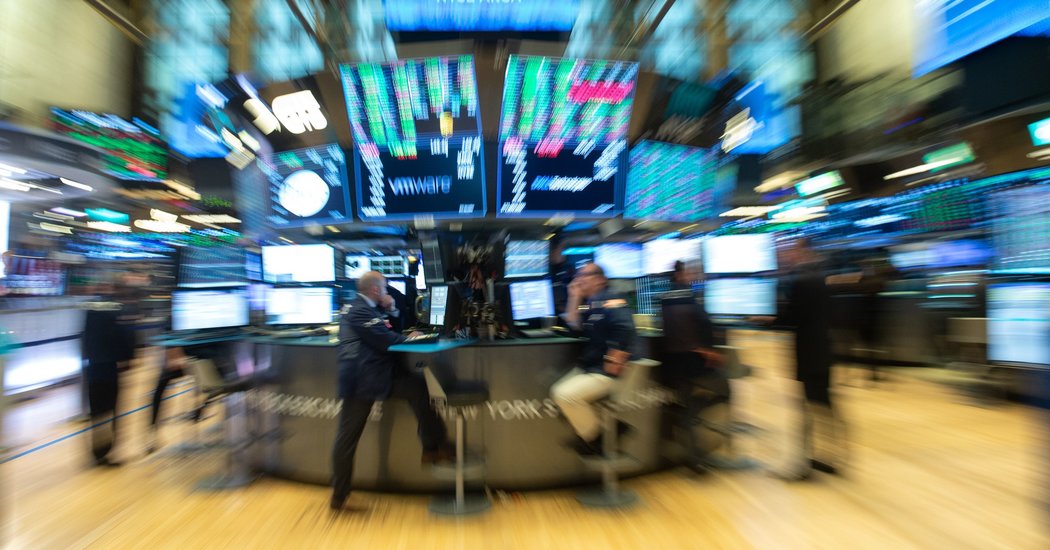That is 1.75 percentage points higher than actually was the case on Wednesday.
In 2015, the budget deficit was 2.4 percent of G.D.P., a number that is on track to rise to 4.2 percent this year. Yet the 10-year bond yield is now comfortably below its average level in 2015, which was 2.14 percent.
Low interest rates worldwide are probably a factor. Global investors find Treasury bonds appealing because they offer better returns than equivalent securities in Europe or Japan, even after the recent drop in rates. The implication is that higher deficits haven’t come with the costs that economic orthodoxy predicted.
Meanwhile, the Federal Reserve has raised interest rates — albeit in fits and starts — since the end of 2015 based on its own form of economic orthodoxy. It’s the idea that as unemployment falls, eventually it will cause an outburst of inflation — so part of the job of a central bank is to raise interest rates pre-emptively to slow the economy in time to prevent unemployment from falling too far.
At the meeting in December 2015 where Fed officials first raised rates, for example, their consensus projection was that the longer-term level of the unemployment rate was 4.9 percent and that they would need to raise interest rates to 3.5 percent by now to keep the economy in balance and forestall inflation.
The actual results have undermined those assumptions. The unemployment rate has fallen to 3.6 percent. But the inflation rate has remained persistently below the 2 percent the Fed aims for. If anything, the growth rate of workers’ wages has been slowing in recent months. That’s important because higher wage growth is, in the traditional theory, the mechanism by which a tight labor market fuels overall inflation.
Moreover, the movements in bond markets the last few weeks suggest that very low inflation is likely to be the norm indefinitely, despite the low jobless rate. Prices of inflation-protected bonds versus regular bonds imply that consumer prices will rise only 1.66 percent a year over the coming decade.
And rather than raise rates to 3.5 percent, as Fed officials in 2015 envisioned, they have raised their main interest rate target to only about 2.4 percent — and now are poised to cut it in the near future as the world economy starts to creak.

